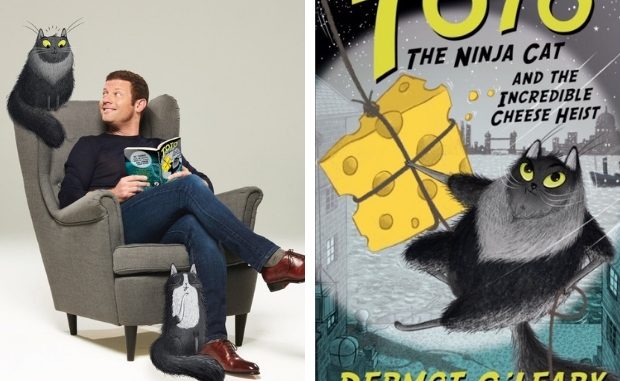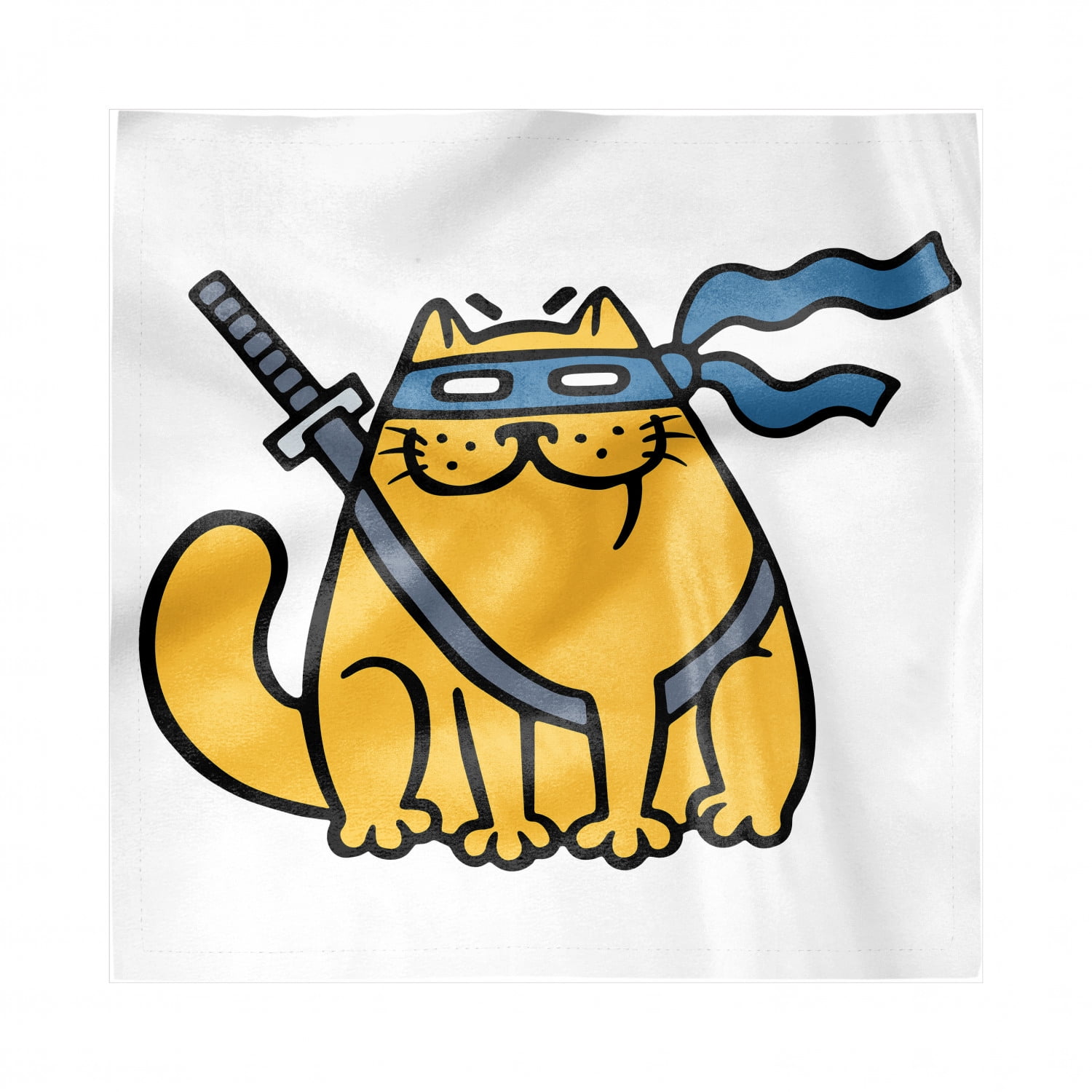
The social origin of the ninja is seen as the reason they agree to operate in secret, trading their service for money without honor and glory. Historian Stephen Turnbull asserts that the ninja were mostly recruited from the lower class, and therefore little literary interest was taken in them. Kunisada, 1853.ĭespite many popular folktales, historical accounts of the ninja are scarce. In English, the plural of ninja can be either unchanged as ninja, reflecting the Japanese language's lack of grammatical number, or the regular English plural ninjas. In the Western world, the word ninja became more prevalent than shinobi in the post– World War II culture, possibly because it was more comfortable for Western speakers. : p168 In fiction written in the modern era kunoichi means "female ninja". Kunoichi (くノ一)is, originally, an argot which means "woman" : p168 it supposedly comes from the characters くノ一 (respectively hiragana ku, katakana no and kanji ichi), which make up the three strokes that form the kanji for "woman" (女). In historical documents, shinobi is almost always used. Along with shinobi, these include monomi ("one who sees"), nokizaru (" macaque on the roof"), rappa ("ruffian"), kusa ("grass") and Iga-mono ("one from Iga"). Historically, the word ninja was not in common use, and a variety of regional colloquialisms evolved to describe what would later be dubbed ninja. The underlying connotation of shinobi ( 忍) means "to steal away to hide" and-by extension-"to forbear", hence its association with stealth and invisibility. The word shinobi appears in the written record as far back as the late 8th century in poems in the Man'yōshū. In the native kun'yomi reading, it is pronounced shinobi, a shortened form of shinobi-no-mono (忍びの者). Ninja is the on'yomi ( Early Middle Chinese–influenced) reading of the two kanji "忍者". As a consequence, their perception in popular culture is based more on such legends and folklore than on the covert actors of the Sengoku period. Ninja figured prominently in legend and folklore, where they were associated with legendary abilities such as invisibility, walking on water and control over natural elements. īy the time of the Meiji Restoration (1868), shinobi had become a topic of popular imagination and mystery in Japan.

A number of shinobi manuals, often based on Chinese military philosophy, were written in the 17th and 18th centuries, most notably the Bansenshūkai (1676). Following the unification of Japan under the Tokugawa shogunate in the 17th century, the ninja faded into obscurity. In the unrest of the Sengoku period, mercenaries and spies for hire became active in Iga Province and the adjacent area around the village of Kōga, and it is from these areas that much of the knowledge regarding the ninja is drawn. Though shinobi proper, as specially trained spies and mercenaries, appeared in the 15th century during the Sengoku period, antecedents may have existed as early as the 12th century. Their covert methods of waging irregular warfare were deemed dishonorable and beneath the honor of the samurai.

The functions of a ninja included reconnaissance, espionage, infiltration, deception, ambush, bodyguarding and their fighting skills in martial arts, including ninjutsu. Volume six, 1817.Ī ninja ( 忍者, Japanese pronunciation: ) or shinobi ( 忍び, ) was a covert agent or mercenary in feudal Japan.

#Cat ninja book 9 series
I may be heavily mistaken and the franchise might outlive me, but there are the first signs of it being below par, and either way I would call this the best spot for me to depart the series.Drawing of the archetypical ninja from a series of sketches by Hokusai. But it never pretended to be anything other than briskly-read candy-coloured capers, and that's what we get, meaning the target audience will be happy. To my tastes, this wasn't the best way to finish – the verbosity of the main story a bit too much, and the quality of the extras not exactly as fine as their variety. If it didn't have the obvious feel of wrapping up a trilogy, it has the final beat to suggest it was what we'd been building up to, and if it wasn't for all that there's the inclusion of a whole host of other one-shot type stories, from guest contributors galore. The main story is pell-mell action, as Cat Ninja gets arrested for a crime wave, which kind of goes against all we know him for. The third full-sized book in and it looks like we might be signing off on this crime-fighting critter.


 0 kommentar(er)
0 kommentar(er)
